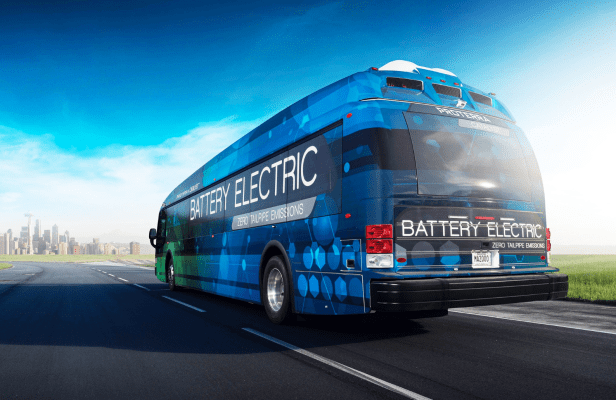According to Proterra, a Burlingame, Ca.-based company, its zero-emission electric buses can drive a stunning 350 miles one charge — and on city streets, no less.
With that kind of claim, it’s no wonder investors just poured $140 million into the outfit, which began garnering heightened press attention last year but has been quietly working on its technology for the last 12 years, raising a previous $150 million in equity and debt over that period.
Among its new and earlier investors: Tao Capital Partners, Kleiner Perkins Caufield & Byers, GM Ventures, Constellation Technology Ventures, Obvious Ventures, 88 Green Ventures, Edison Energy, and an undisclosed sovereign wealth fund in the Middle East.
What excites these VCs are, at least in part, the environmental benefits that Proterra is promising. Even diesel-fueled city buses reduce greenhouse gas emissions thanks to the number of people they carry versus passenger cars. Electric buses can reduce them even further (unless, as Wired has pointed out, a city derives all of its electricity by burning coal).
Yet Proterra’s buses are likely compelling to municipalities for a host of other reasons, including a regenerative breaking system that can almost fully recharge each bus’s two mattress-sized battery packs via kinetic energy, and less onerous maintenance costs. (Electric drive trains generally suffer less wear and tear, as Proterra is keen to point out to reporters.)
As for how many are willing to pay for the buses, which cost $799,000 — or twice as much as diesel buses — the answer is plenty, seemingly. Proterra’s sales more than doubled in 2016 from the previous year, according to the company. More specifically, Proterra says it has so far sold more than 300 vehicles to 35 city, university, and commercial transit agencies throughout North America.
For added context, the company, which also offers a no-money-down leasing model, says its buses accounted for 1 percent of new bus orders in the U.S. in 2015. it believes that number reached 5 percent in 2016.
